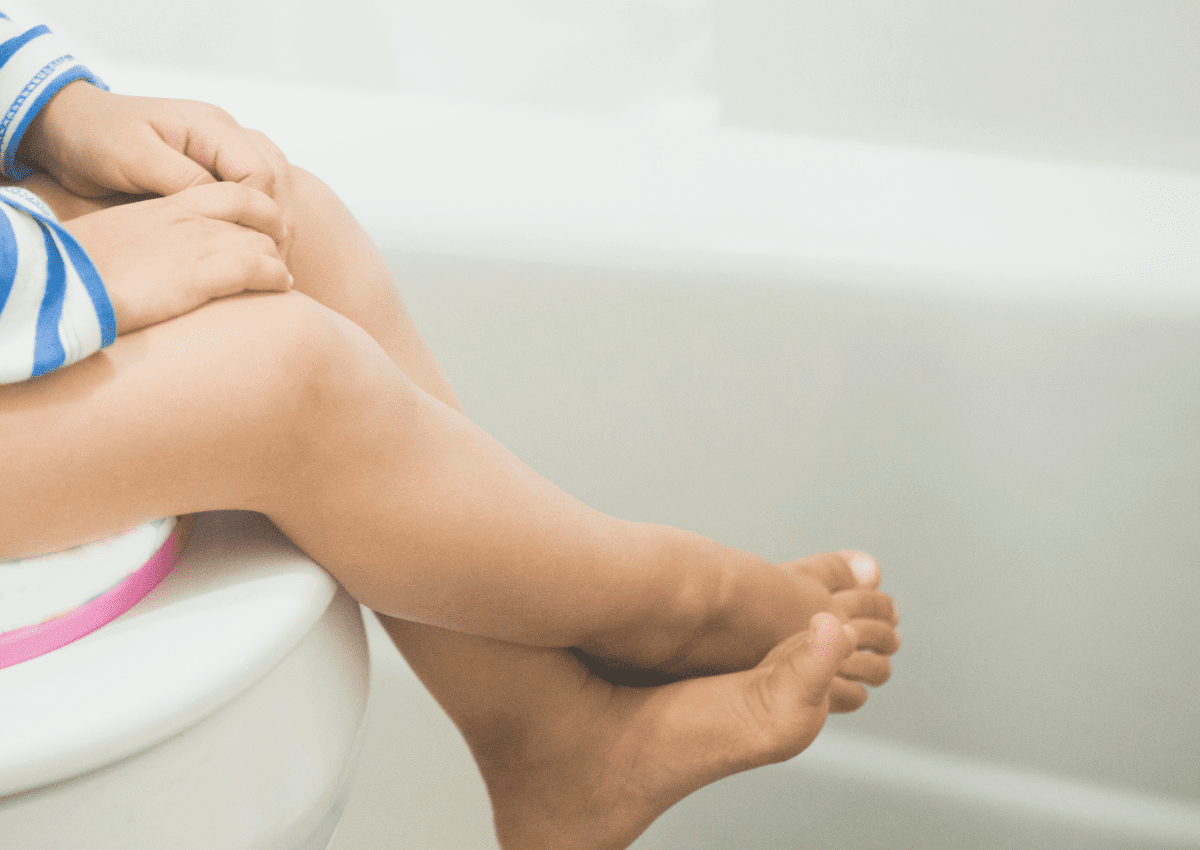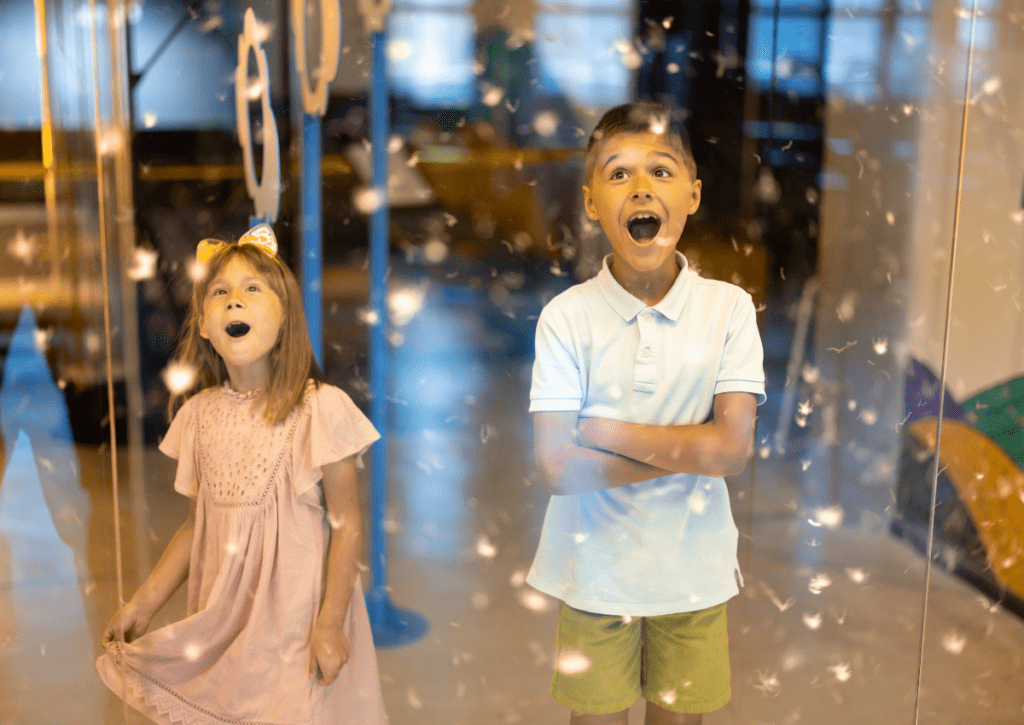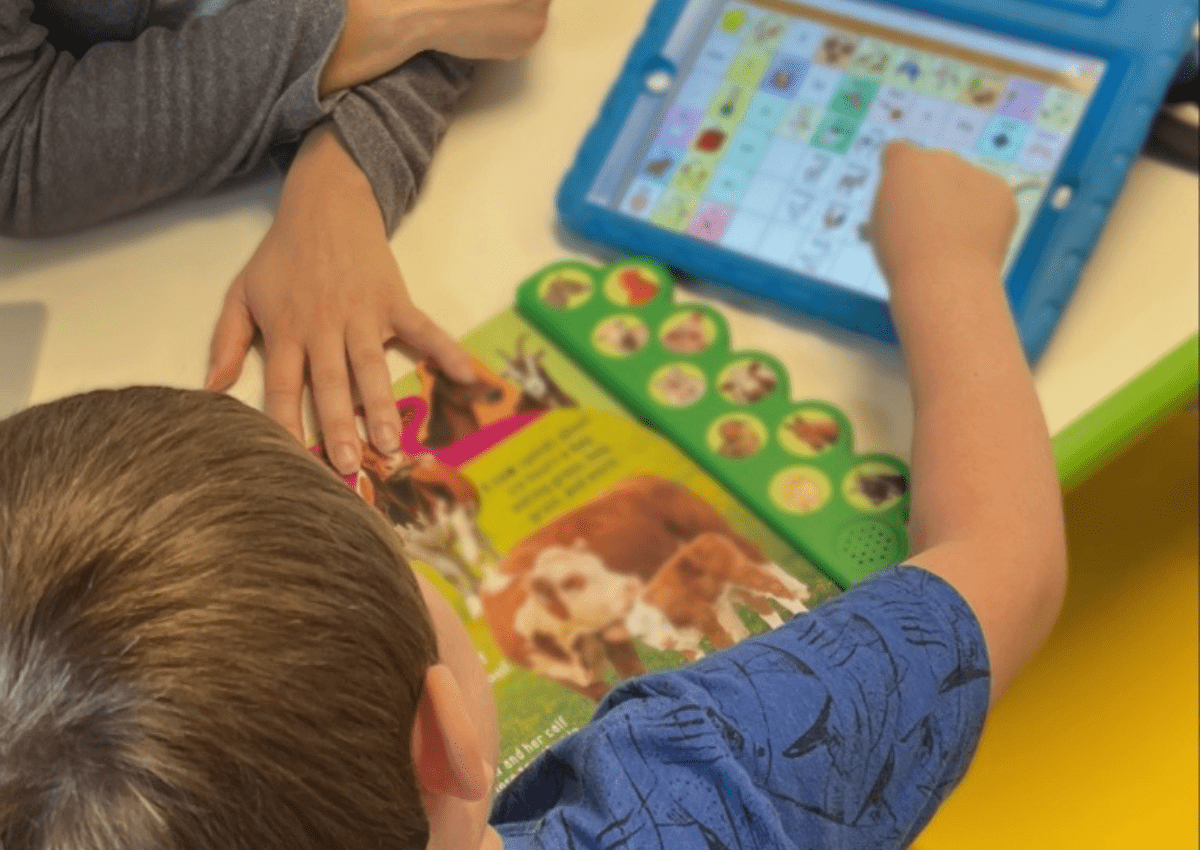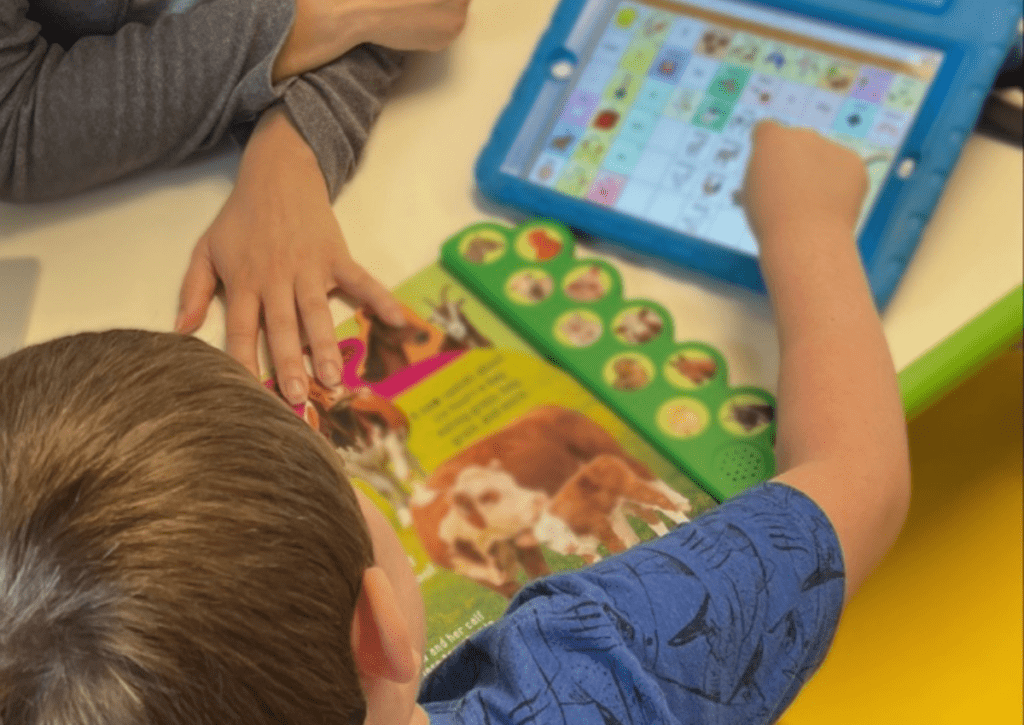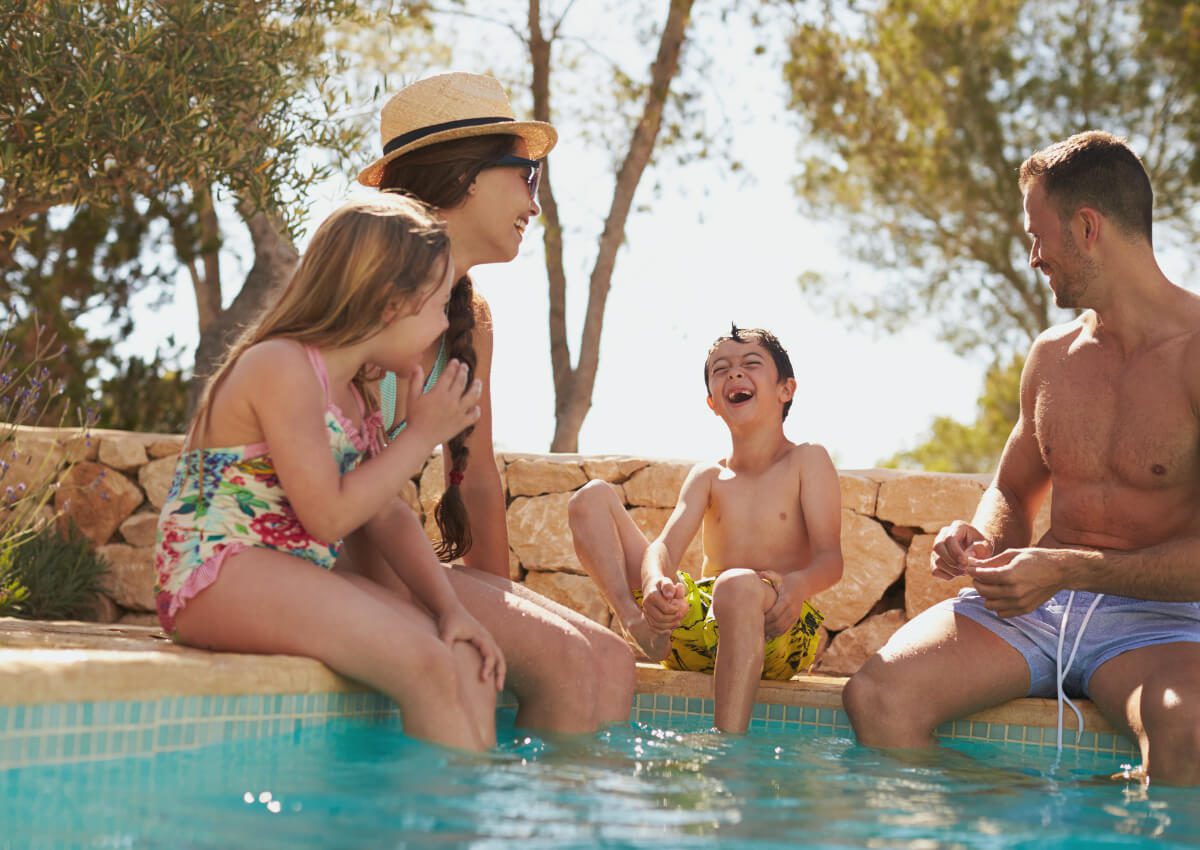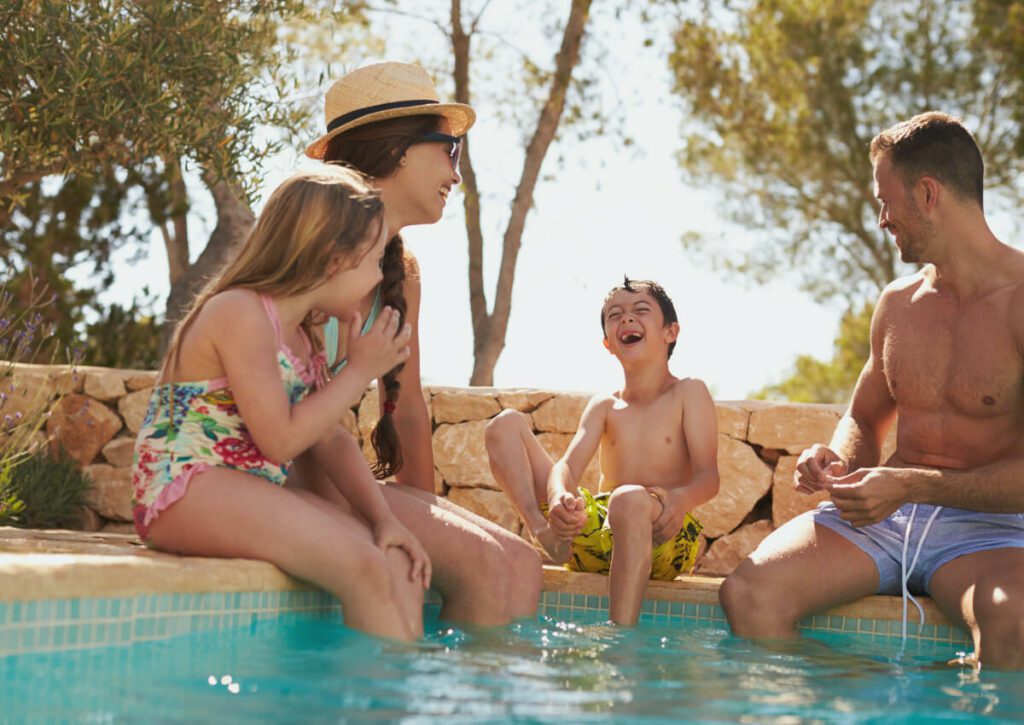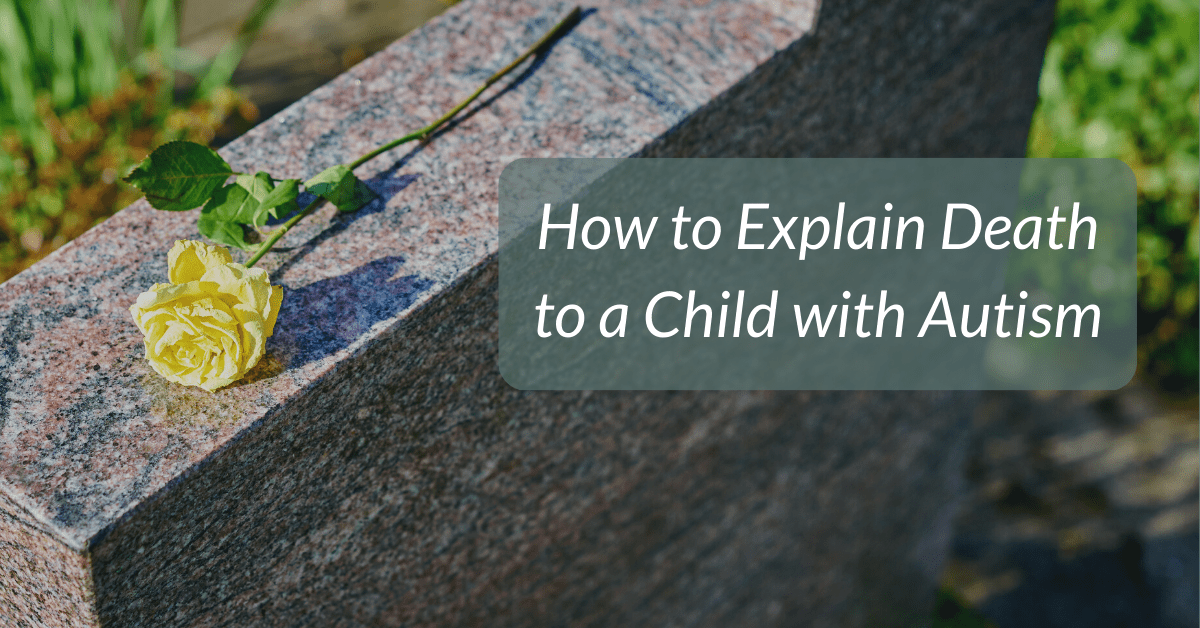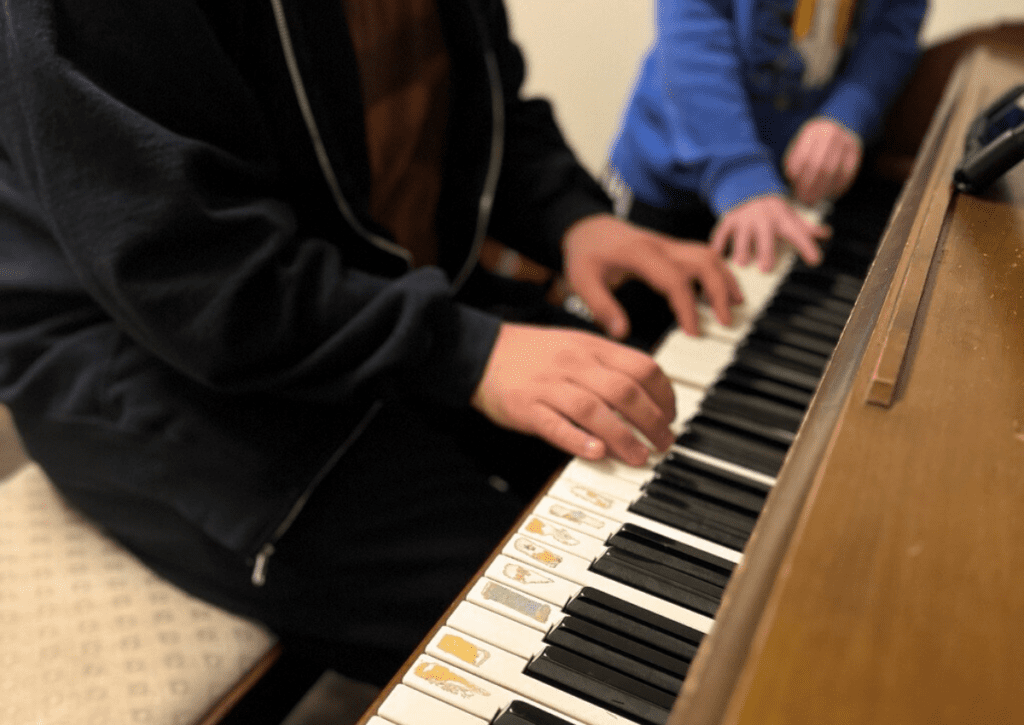
When people think about ABA Therapy, they typically envision an environment rich in opportunities to promote communication, social skills and play skills. But what many people may not consider is that ABA Therapy can also help develop an individual’s vocational interests and jumpstart hobbies, which is especially important for individuals with autism. This post shares the story of one client who turned an interest into a new skill.
The client, who will not be named for privacy purposes, found himself paired up with Healing Haven Registered Behavior Technician, Alex Levy, in fall of 2022. During their daily therapy sessions, the duo uncovered that they had a shared interest in music. With this, they both gravitated toward playing the piano in our music room.
Many clients, employees, and parents alike have heard the floating, peaceful melodies of the piano filling the air in our clinic throughout the past year. Alex can often be heard practicing outside of his ABA Therapy hours. If heard during therapy hours, however, it is likely Alex playing piano with his client or his client playing solo.
The power of music
Alex said his interest in learning to play the piano began when he saw a coworker playing it. “It just sounded very serene and peaceful,” said Alex. He has been taking advantage of the in-clinic piano, practicing on it for nearly a year.
When Alex began working with his client, neither of them knew much about playing the piano. But once Alex started experimenting with tunes and sounds, his client began to gravitate toward it, too.
The client’s Board Certified Behavior Analyst (BCBA), Amanda, said that Alex and his client’s bond is an amazing and beautiful one to see. “Alex has been able to connect with him and engage with him on a whole new level,” she said. “I am still in shock whenever I do a supervision session and hear [the client] play a new song or show me a new skill he has learned on the piano. They both make me want to learn to play too!”
Recognizing your child’s interests
The mother of Alex’s client reports that her son has had a noticeable interest in music since he was a toddler. “We have pictures of him trying to play different instruments,” she said. “We also have pictures of him from a few years ago also trying to play the piano at Costco.”
She said that, considering her son’s past interest in music and the piano, she wasn’t surprised to hear he was toying around with the piano at Healing Haven. What was surprising was the level to which her son was learning and developing musically.
The magnitude of his talent became apparent one day when she took her son to get a haircut. She explained that the establishment she takes him to has a bounce house and a piano in the back to be enjoyed by the clients afterwards as a reward.
“He just sat down at the piano and started to play something and I was so surprised and excited to hear him,” exclaimed the client’s mom. “I recorded him and showed my husband and family. I mentioned it to Alex later and he said, ‘yeah, he’s actually really good and is picking it up.’ We were so happy to hear that!”
A flourishing talent
A tune Alex began learning early on in his piano journey is Viva La Vida by Coldplay. The catchy, repetitive, and uplifting chords captured his client’s attention immediately. This became a song heard regularly around the clinic. After a short amount of time, it was indistinguishable if it was Alex or his young client playing.
Aside from Viva La Vida, Alex said his client likes to practice Beethoven tunes as well as various other classic melodies. “Usually when we play the piano together, my client likes to mimic whatever I play. However, he does add a lot of different variations to the things that I play or have shown him,” Alex said.
The client’s mom is unsure if her son can read music notes or if he relies on sounds and visuals he receives from Alex’s playing. Alex believes it is the latter, which isn’t an unusual special ability for individuals on the autism spectrum.
Alex can relate to this skill, as he is also on the spectrum. “Being on the spectrum definitely has helped me increase pattern recognition when it comes to learning to play instruments, but I do like to think I have a little bit of talent,” Alex joked.
The benefits of music
There are many benefits of playing music for those on the autism spectrum. The client’s mom thinks her son’s newfound hobby and passion has made a positive impact on his behavior. “I think he goes to play when he needs to relax and sort of unwind from the day,” she said. “I would also say it has given him some extra confidence. He loves when we clap and cheer him on while he plays. He gets a big smile on his face and seems to stand taller when he gets up.”
Amanda can attest to this. She said she has noticed that her client loves having others listen to and watch him play the piano and that he has even allowed peers to play alongside him. “Usually, he only wants his therapists and familiar people around him, but this has allowed him to let other people into his world,” Amanda said.
Alex has noticed a difference in his client’s behavior in the clinic as he’s gotten more involved in playing the piano as well. “It’s kind of given him more of a sense of entertainment and joy,” Alex said.
Last November, another Healing Haven parent gifted a piano to the client’s family after hearing him play in the clinic and learning that the family was seeking an in-home piano for him. The family is hoping to start piano lessons at home soon. Alex’s plans for playing the piano include getting an in-home piano and making more time to practice.
Helping your child with autism find their passion
“The interest in music has always been there for him [her son], but ABA and his therapist provided the opportunity for him to learn and explore playing the piano,” said the client’s mom. “We wouldn’t have known that he has the passion and talent for piano if not for his exposure and opportunity during his therapy sessions.”
At Healing Haven, we love to help children discover their interests and passions through our ABA Therapy. If you’re looking for potential hobbies to try out with your child, check out this list of ideas.


